The Alapaha Blue Blood Bulldog is a distinctive and captivating breed, renowned for its impressive lineage and striking appearance. Originating from the southeastern United States, …
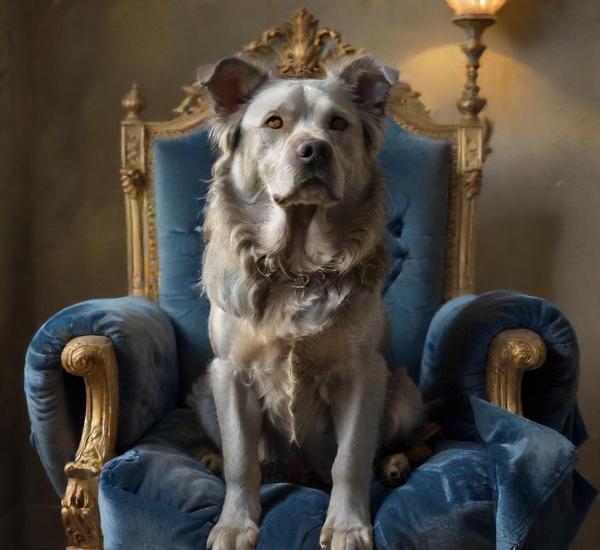
Happy Paws: All About Dogs

The Alapaha Blue Blood Bulldog is a distinctive and captivating breed, renowned for its impressive lineage and striking appearance. Originating from the southeastern United States, …
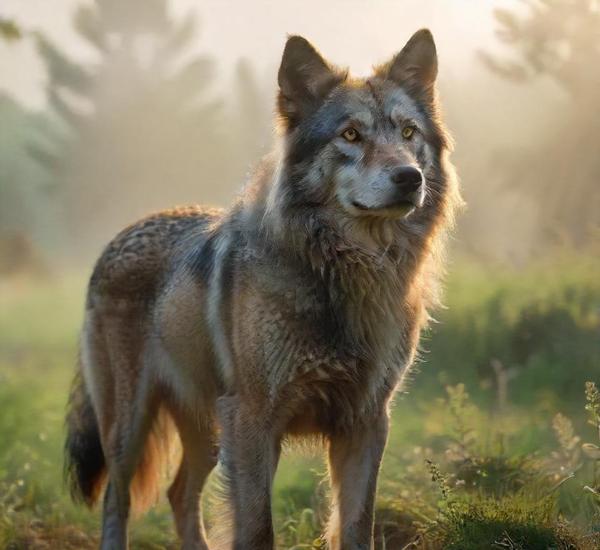
The Khala dog breed, often overshadowed by more popular canine companions, is a hidden gem in the world of dog breeds. Originating from the rugged …
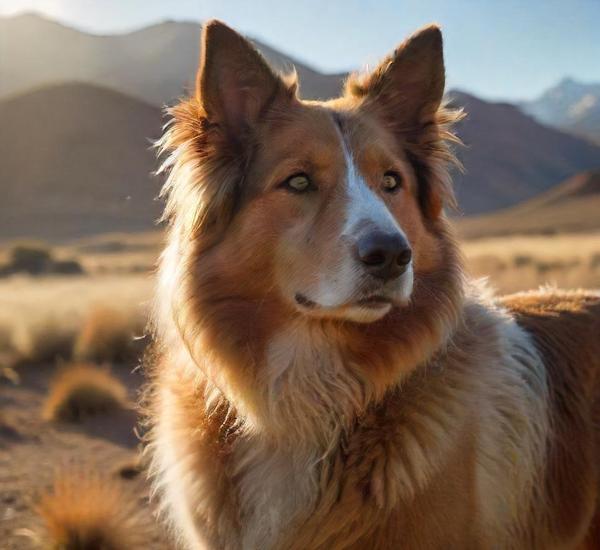
The Gaucho sheepdog, a versatile and spirited herding breed, hails from the rugged landscapes of South America, where it has long been a trusted companion …
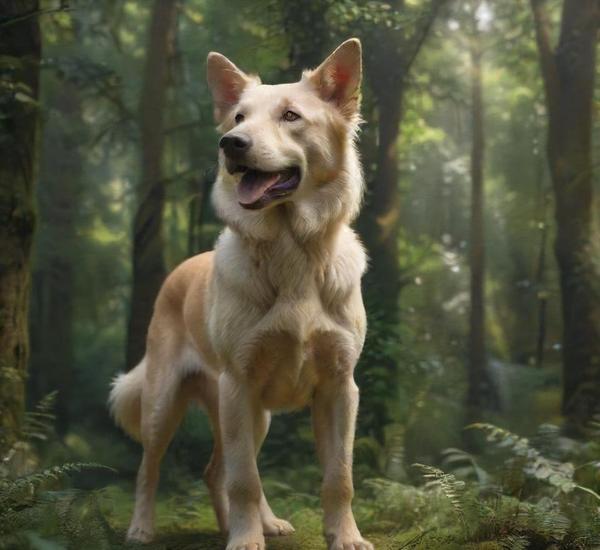
The Magyar Agar, a sleek and elegant sighthound originating from Hungary, is a breed distinguished by its remarkable speed and graceful demeanor. Often referred to …
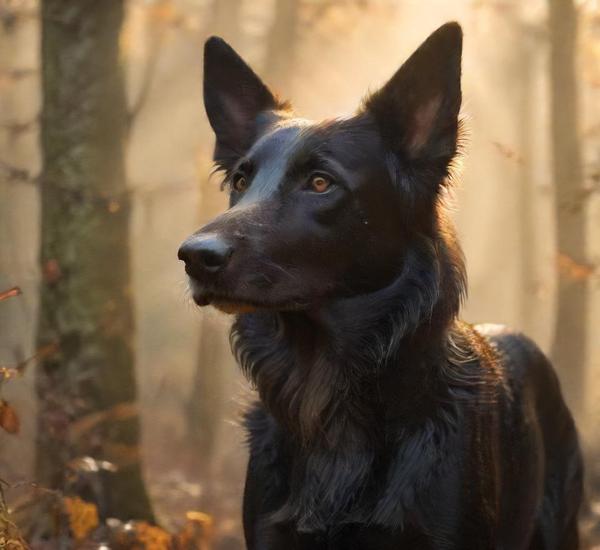
The Serbian Hound, known for its distinctive blend of athleticism and loyalty, is a remarkable breed that stands out in the world of hunting dogs. …

The Tatra Shepherd Dog, often referred to as the Polish Tatra, is a strikingly beautiful and resilient breed renowned for its guarding abilities and gentle …

The Shiloh Shepherd is a captivating breed that combines the best qualities of traditional shepherd dogs with a distinctive, modern twist. Known for their impressive …
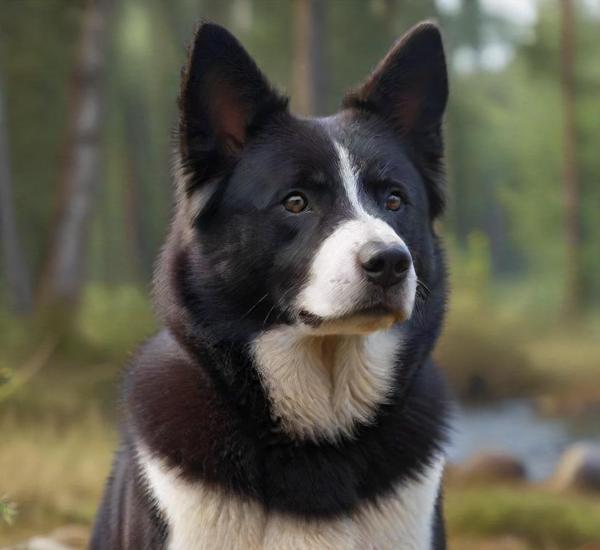
The Karelian Bear Dog, a remarkable breed originating from the forests of Finland and Russia, is celebrated for its tenacity, intelligence, and striking appearance. Originally …

The Central Asian Shepherd Dog, also known as the Alabai or Central Asian Ovtcharka, is a majestic and formidable breed with a rich history rooted …
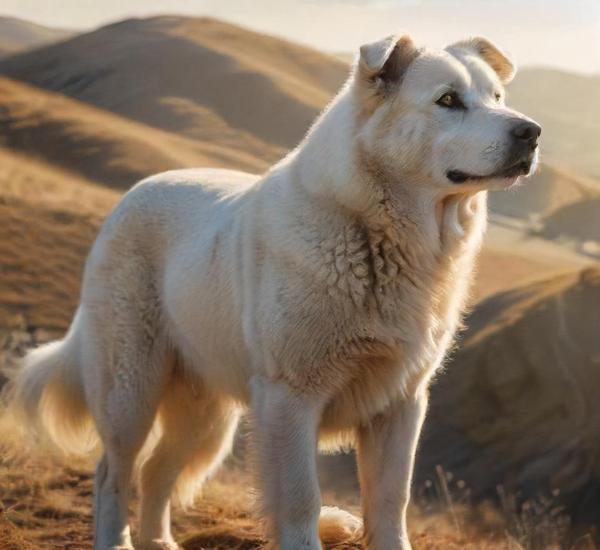
The Kangal Shepherd Dog, an emblem of Turkey’s rich heritage, stands out as one of the most remarkable working breeds in the world. Renowned for …